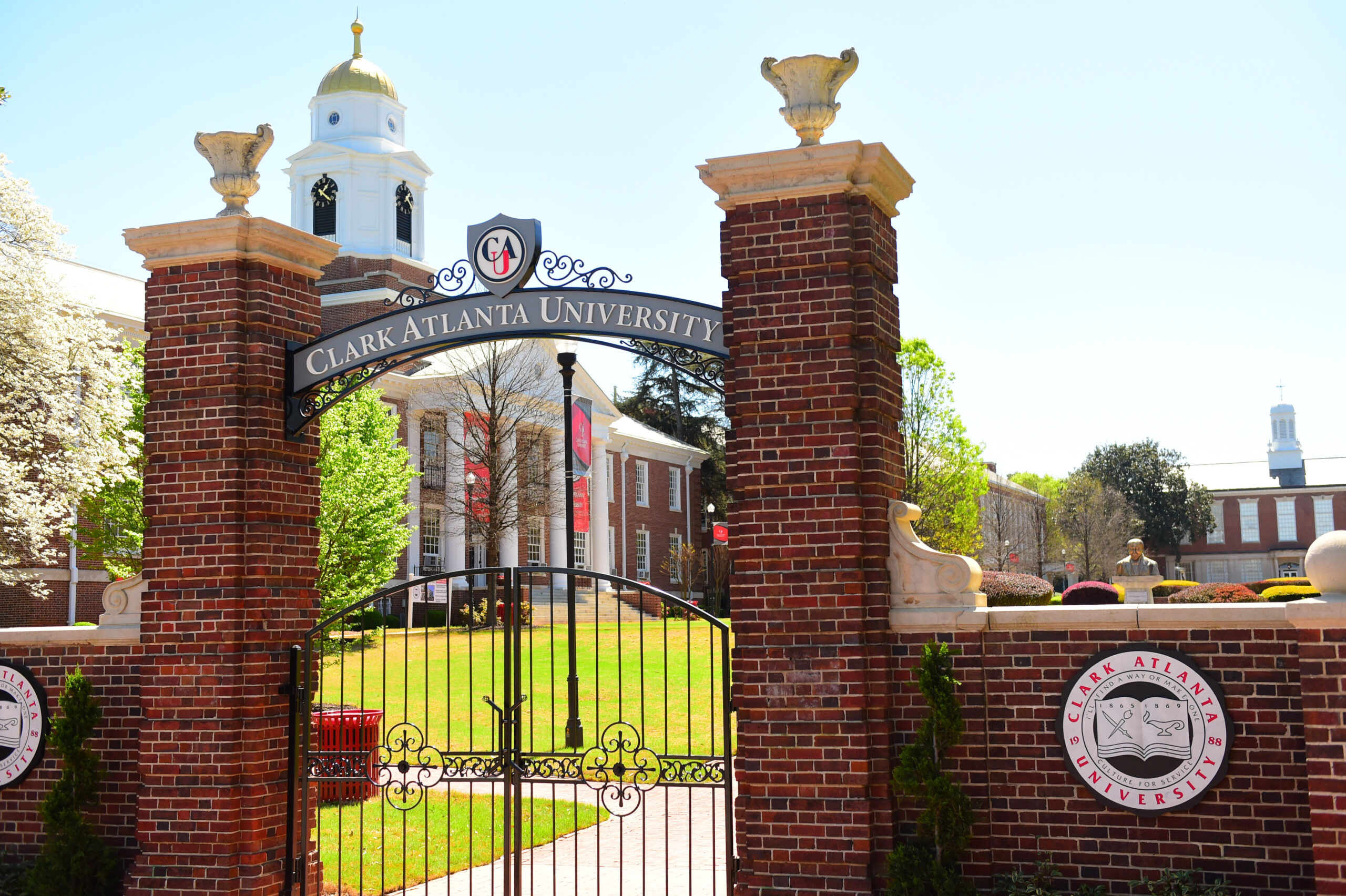Report on the Strategic Repositioning of Thomas County Academy and its Alignment with Sustainable Development Goals
Introduction: Fostering Inclusion and Reducing Inequality
Effective July 2025, Bishop Hall School has been officially renamed Thomas County Academy. This strategic rebranding is a component of a broader initiative by the Thomas County School System to foster a unified educational community and advance objectives aligned with Sustainable Development Goal 10 (Reduced Inequalities). The primary aim is to ensure all students, regardless of their educational path, feel integrated into the “Yellow Jacket family,” thereby promoting social inclusion.
The operational changes include:
- New Identity: Adoption of the traditional blue and gold colors and the Yellow Jackets mascot.
- Revised Dress Code: The requirement for uniforms has been eliminated, replaced by the Thomas County Central High School dress code to promote equity and reduce financial burdens on families.
Core Mission: Advancing SDG 4 (Quality Education)
Despite the new identity, the institution’s core mission remains steadfastly focused on providing inclusive and equitable quality education, a direct commitment to Sustainable Development Goal 4. Principal Jim Rehberg affirmed that the academy will continue to serve as a vital educational pathway for students requiring non-traditional support.
The academy’s model is specifically designed to support several targets within SDG 4:
- Target 4.1 (Universal Secondary Education): The academy functions as a “safety line” to ensure all youth complete a quality secondary education, particularly those at risk of not graduating from a traditional high school setting.
- Target 4.3 (Equal Access to Technical/Vocational Education): Continued access to classes at Southern Regional Technical College provides students with pathways to tertiary and vocational training, equipping them for future careers.
- Target 4.5 (Eliminate Disparities in Education): The academy explicitly serves students from vulnerable situations, including those who are parents, are employed to support their families, or require a more personalized learning environment. This directly addresses the need to ensure equal access for all.
Operational Framework for Educational Equity
Thomas County Academy employs a distinct operational model to achieve its educational objectives and contribute to the SDGs. The framework is built on providing a supportive and adaptable learning environment.
- Personalized Instruction: The teacher-to-student ratio is intentionally kept low, with a total student body of 200-225 across grades 9-12 and class sizes often as small as 10-15 students. This facilitates personalized attention and tailored academic support.
- Flexible Scheduling: The academy recognizes that many students face adult responsibilities. Flexible scheduling allows them to balance education with jobs and family commitments, removing significant barriers to obtaining a diploma.
- Holistic Student Support: Beyond academics, the school fosters a supportive community. Initiatives such as providing Christmas gifts through donations and creating a welcoming environment contribute to student well-being, ensuring they have the stability needed to succeed.
Impact on Broader Sustainable Development Goals
The work of Thomas County Academy extends beyond education, contributing to a range of interconnected global goals.
- SDG 1 (No Poverty): By ensuring students earn a high school diploma, the academy provides them with the foundational credentials needed to secure stable employment, thereby serving as a mechanism to break cycles of poverty.
- SDG 8 (Decent Work and Economic Growth): The academy’s focus is to transition students from education to career. This directly supports Target 8.6, which aims to reduce the proportion of youth not in employment, education, or training (NEET).
Conclusion: A Renewed Commitment to Sustainable Development
The transformation of Bishop Hall School into Thomas County Academy represents a strategic enhancement of its commitment to sustainable community development. By aligning its mission with key SDGs—notably Quality Education (SDG 4), Reduced Inequalities (SDG 10), No Poverty (SDG 1), and Decent Work (SDG 8)—the academy provides a second chance for students to achieve their full potential. It stands as a model for how educational institutions can adapt to meet the diverse needs of their communities, ensuring no student is left behind and all are empowered to build successful futures.
1. Which SDGs are addressed or connected to the issues highlighted in the article?
The article on the transformation of Bishop Hall School into Thomas County Academy highlights efforts that are directly relevant to several Sustainable Development Goals. The primary focus is on providing inclusive and equitable education, reducing inequalities, and preparing students for economic life.
-
SDG 4: Quality Education
This is the most prominent SDG in the article. The school’s entire mission is to “ensure inclusive and equitable quality education and promote lifelong learning opportunities for all.” Thomas County Academy is specifically designed to provide a “personalized learning environment” for students who cannot thrive in a traditional setting, with the ultimate goal of ensuring they “earn their diploma” and “graduate.” The principal’s statement, “Our primary mission is to offer a safety line to those who were not going to graduate in a traditional high school setting,” directly aligns with the core principles of SDG 4.
-
SDG 10: Reduced Inequalities
The article addresses the reduction of inequalities within and among countries. The school caters to students facing “special circumstances,” such as those who have jobs, children, or contribute to their family’s income. By offering a flexible schedule and personalized support, the academy aims to reduce inequalities in educational outcomes for these vulnerable groups. The name change itself is a move toward inclusion, intended to “unite the Thomas County School System, ensuring no student feels left out.” This directly supports the goal of empowering and promoting the social and economic inclusion of all, irrespective of their economic or other status.
-
SDG 8: Decent Work and Economic Growth
The article connects education to future employment and economic well-being. It mentions that many students “want to get their diploma and begin their career” and that the school provides “easy access to classes offered at Southern Regional Technical College.” This focus on vocational pathways and career readiness supports the goal of promoting full and productive employment. By preventing students from dropping out (“We don’t want to lose these kids”), the school directly works to reduce the proportion of youth not in employment, education, or training (NEET).
2. What specific targets under those SDGs can be identified based on the article’s content?
Based on the school’s mission and operational model described in the article, several specific SDG targets can be identified.
-
SDG 4: Quality Education
- Target 4.1: “By 2030, ensure that all girls and boys complete free, equitable and quality primary and secondary education…” The academy’s core function as a “safety line” to help students “earn their diploma” and “graduate” directly contributes to this target of secondary education completion.
- Target 4.3: “By 2030, ensure equal access for all women and men to affordable and quality technical, vocational and tertiary education…” The article’s mention of providing “easy access to classes offered at Southern Regional Technical College” aligns with this target.
- Target 4.5: “By 2030, eliminate gender disparities in education and ensure equal access to all levels of education and vocational training for the vulnerable… and children in vulnerable situations.” The school explicitly serves students in vulnerable situations, including those with “jobs,” “children,” or other “special circumstances” that make traditional schooling difficult.
-
SDG 10: Reduced Inequalities
- Target 10.2: “By 2030, empower and promote the social, economic and political inclusion of all, irrespective of… economic or other status.” The school’s flexible and personalized model is designed to include students whose economic or family status would otherwise be a barrier to education. The effort to make every student feel part of the “Yellow Jacket family” is a direct action toward social inclusion.
- Target 10.3: “Ensure equal opportunity and reduce inequalities of outcome…” By providing an alternative path to graduation for those who would otherwise fail or drop out, the academy actively works to reduce inequalities of outcome (i.e., graduation rates) between different student groups.
-
SDG 8: Decent Work and Economic Growth
- Target 8.6: “By 2020, substantially reduce the proportion of youth not in employment, education or training (NEET).” The principal’s statement, “We don’t want to lose these kids before they’ve ever had a chance to live their lives,” shows the school’s role in keeping at-risk youth engaged in education, directly combating the NEET issue.
3. Are there any indicators mentioned or implied in the article that can be used to measure progress towards the identified targets?
The article does not provide statistical data, but it mentions or implies several qualitative and quantitative indicators that could be used to measure progress.
-
Indicators for SDG 4
- Graduation/Completion Rate (Implied): The primary measure of success for the academy is the number of students who “graduate” and “earn their diploma,” especially those who were “not going to graduate in a traditional high school setting.” This is a direct measure for Target 4.1.
- Student-to-Teacher Ratio (Mentioned): The article explicitly states that class sizes are small, with “only 10-15 in a class.” This ratio is a key indicator of a “personalized learning environment” and educational quality.
- Enrollment in Technical/Vocational Programs (Implied): Progress towards Target 4.3 could be measured by tracking the number of academy students who take advantage of the “easy access to classes offered at Southern Regional Technical College.”
- Enrollment Numbers (Mentioned): The article notes the school has “200-225 students total” and has seen “a lot of interest in the application,” which serves as a basic indicator of access and demand for this type of educational service.
-
Indicators for SDG 10
- Parity in Graduation Rates (Implied): An indicator for Target 10.3 would be the graduation rate of the academy’s students (who are defined as vulnerable) compared to the graduation rate at the traditional high school. Success would mean closing this gap.
-
Indicators for SDG 8
- Reduction in Local NEET Rate (Implied): The school’s impact on Target 8.6 could be measured by its contribution to lowering the proportion of local youth who are not in education, employment, or training. Tracking the post-graduation pathways of its students (employment or further education) would be a key indicator.
4. Table of SDGs, Targets, and Indicators
| SDGs | Targets | Indicators (Mentioned or Implied in the Article) |
|---|---|---|
| SDG 4: Quality Education |
4.1: Ensure completion of equitable and quality secondary education.
4.3: Ensure equal access to quality technical and vocational education. 4.5: Ensure equal access to all levels of education for the vulnerable. |
– Graduation/diploma attainment rate for at-risk students. – Student-to-teacher ratio (stated as 10-15 students per class). – Number of students accessing classes at Southern Regional Technical College. – Enrollment numbers of students with “special circumstances.” |
| SDG 10: Reduced Inequalities |
10.2: Empower and promote the social and economic inclusion of all.
10.3: Ensure equal opportunity and reduce inequalities of outcome. |
– Enrollment of students from vulnerable groups (e.g., working students, young parents). – Graduation rates of vulnerable students compared to the general student population. |
| SDG 8: Decent Work and Economic Growth | 8.6: Substantially reduce the proportion of youth not in employment, education or training (NEET). |
– Number of at-risk students kept in the education system. – Post-graduation outcomes (employment or further training). |
Source: timesenterprise.com







